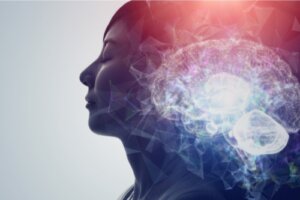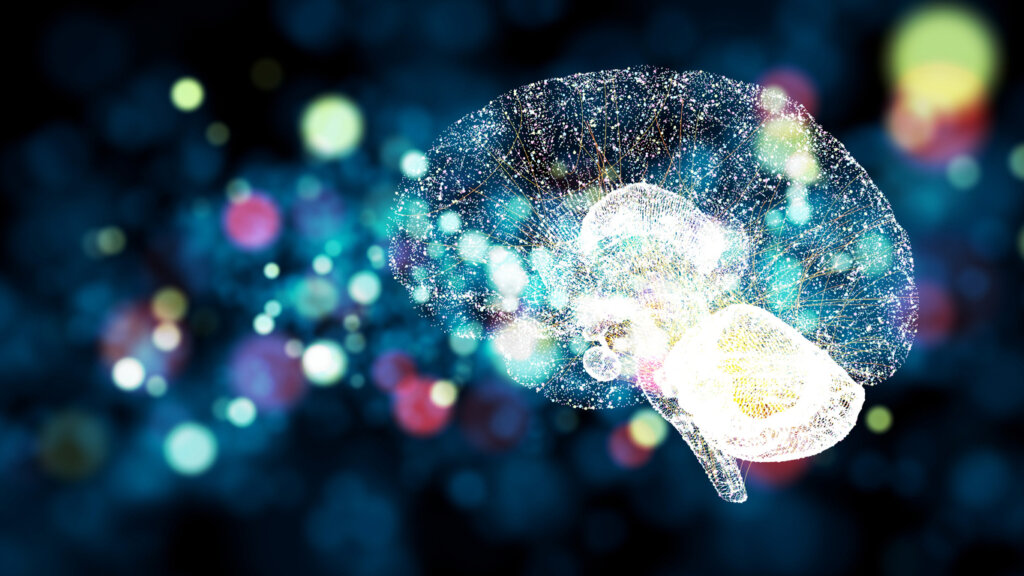Psycho-Physical Identity Theory


Reviewed and approved by the psychologist Sergio De Dios González
Psycho-Physical Identity Theory reduces our different mental states to brain activity. This means that there’s a coincidence between intangible mental processes and tangible brain processes. Hence the name of the theory.
From the standpoint of Psycho-Physical Identity Theory, each mental state or event corresponds to a brain state or event called a type-type identity. Thus, equivalence can be established between the psychological description of the actions of the mind and their physical description.
Psycho-Physical Identity Theory is also known as mind-brain identity theory. It’s not new. In fact, it was initiated in the eighteenth century, when Paul Henri Thiry, Baron of Holbach claimed that, just as the liver secretes bile, the brain secretes thought. It’s a really radical theory.
“The brain is not a vessel to be filled, but a fire to be kindled.”
-Plutarch-

Psycho-Physical Identity Theory
Psycho-Physical Identity Theory forms a part of the theory of mind. This approach proposes that mental states and their contents are only neural processes. In other words, they’re physical-chemical changes that take place in the brain. Therefore, subjectivity and mental processes would be the result of brain activity and have no influence on the brain.
In accordance with this theory, the concepts of psychology, such as emotion, belief, desire, intention, etc would be nothing more than empty words. In fact, the most radical exponents of the theory of psychophysical identity propose to replace these concepts with others that correspond to a more biological description of brain activity. For example, it suggests that we shouldn’t speak of pain, but of activation of the A-Delta fibers.
In fact, from this perspective, psychology as such could be said to be meaningless. Ideally, it’d be assimilated by the neurosciences. This would mean the production of a more objective and precise description and explanation of human behavior. For this reason, Psycho-Physical Identity Theory is classified as neurological monism or physicalist theory.
The brain and the mind
Although Psycho-Physical Identity Theory establishes an absolute correspondence between the brain and the mind, in reality, most specialists currently consider that one reality and another aren’t the same. That said, few doubt that there’s a close relationship between the two concepts. However, it’s questionable as to whether they do completely coincide.
As a rule, the brain is viewed as a kind of command center. It’s a physical organ that centralizes and regulates the activity of the nervous system. On the other hand, the mind is a set of capacities that interact with each other and make up consciousness.
In principle, the mind is a product of the brain. But the brain is also a product of the mind since, by bringing psychological and cognitive capacities into play, changes can also be produced in this organ. As a matter of fact, it’s possible to say that the brain and the mind are two inseparable realities, but different and complementary.

We’re more than neurons
Psycho-Physical Identity Theory is not so much a scientific theory, but rather a philosophical approach. It’s based on the impressive findings of neuroscience, but interprets them in a particular way and takes them further than is reasonable.
For example, think of the phenomenon of light. A couple of centuries ago, this was an enigma to most scientists. However, advances in the field established that light is an expression of electromagnetic radiation. That said, it’s not possible to claim that light is radiation in itself. The same thing happens between the brain and the mind.
Most psychologists think that the reductionism of assimilating the mind as the simple product of the connection of a number of neurons makes little sense in terms of mental health. This is because the human being seems to transcend biological determinism on many levels. To this, must be added the fact that science is still far from understanding the brain in its entirety. As such, it makes any theory that tries to close this particular debate risky.
All cited sources were thoroughly reviewed by our team to ensure their quality, reliability, currency, and validity. The bibliography of this article was considered reliable and of academic or scientific accuracy.
- Ramírez, A. L. F. (2001). La trama psicofísica (Argumentos del dualismo y el monismo en torno al cerebro y la mente). Revista de Filosofía de la Universidad de Costa Rica, 39(99), 29-42.
- Stigol, Nora. (2005). Estados mentales, contenidos y conceptos. Diánoia, 50(54), 55-73. Recuperado en 25 de octubre de 2022, de http://www.scielo.org.mx/scielo.php?script=sci_arttext&pid=S0185-24502005000100055&lng=es&tlng=
This text is provided for informational purposes only and does not replace consultation with a professional. If in doubt, consult your specialist.








